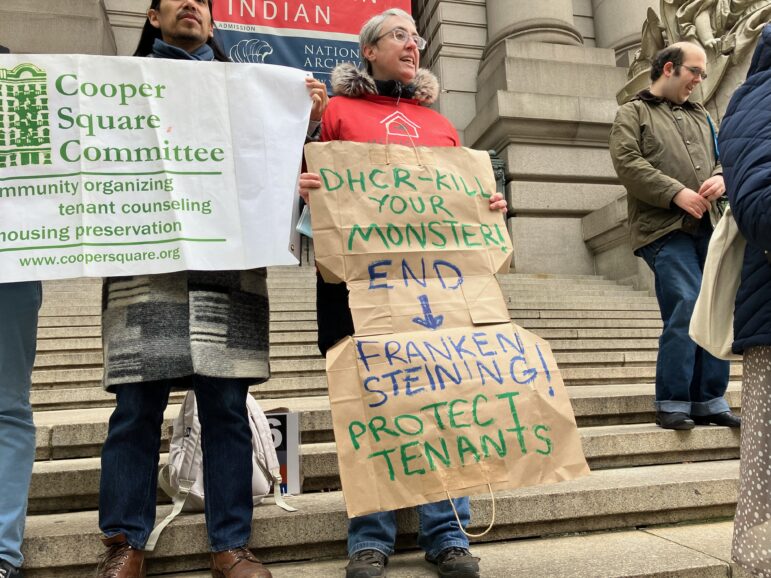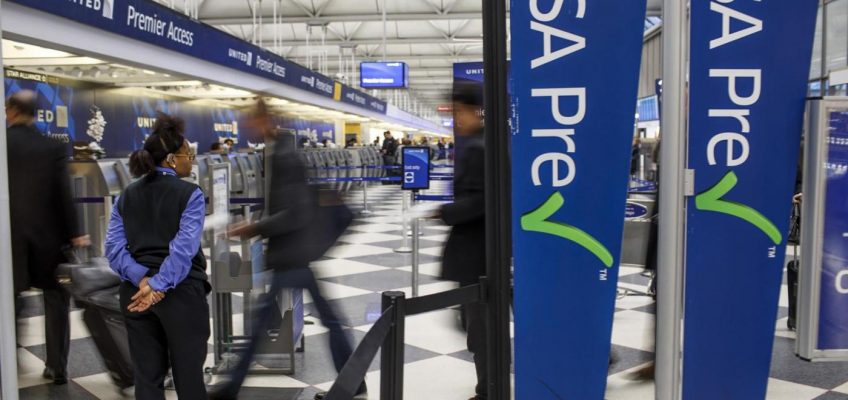Raychelle Heath | Bankrate (TNS)
Many travelers are looking forward to a much-awaited vacation this year. According to the Transportation Security Administration (TSA), daily traveler numbers for 2023 are approaching pre-pandemic (2019) levels.
If you’ve been considering applying for TSA PreCheck to streamline the process of airport security, here’s your guide to how it works, the interview process and more, along with some tips for using your membership for the first time.
What is TSA PreCheck?
TSA PreCheck is a Trusted Traveler Program (TTP) designed to expedite the process of getting through airport security. The program is managed by the TSA and gives passengers access to special security lines at participating airports in the United States. TSA PreCheck membership costs $78 (previously $85) and is good for five years.
TSA PreCheck is available in more than 200 airports and with 85 airlines across the United States. When you get to the security line after check-in, an agent will direct you to the PreCheck line after confirming your membership via your boarding pass.
This membership allows you to keep your light jacket, shoes and belt on, and liquids and electronics (like laptops) can stay inside your luggage, too. Then, it’s as simple as walking through a security scanner and you’re good to go to your gate.
How to participate in TSA PreCheck
Becoming a member of the TSA PreCheck program will require a few steps, starting with your application. To apply for TSA PreCheck, you must be a U.S. citizen, U.S. national or lawful permanent resident. There is no age restriction for applicants, and children of age 12 and under can use their parents’ or guardians’ memberships and need not officially apply.
Once you’ve applied with an enrollment provider, you’ll need to schedule an appointment at an enrollment center to complete a background check and fingerprinting. At this appointment, you’ll pay your membership fee and find out if you’ve been approved. Once you’ve been approved, you’ll receive a known traveler number (KTN) that you can use whenever you book a flight. It can take up to 60 days to receive your KTN, but most applicants receive their KTN within three to five days.
Complete the online application
The application for TSA PreCheck can be found on the TSA website under “Apply Now.” When completing your application, it’s very important that your name appears exactly as it does on your government identification. Some of the information you’ll need includes:
—Full name
—Date of birth
—Gender
—Preferred language
—A preferred method of contact (email or phone)
When you complete your application, you’ll be directed to set your appointment for your background check and fingerprinting, and you’ll be given a list of enrollment centers to choose from in your area. You’ll also have the opportunity to set a time and date for your appointment.
Complete the in-person interview at an enrollment center
TSA PreCheck allows walk-ins for interviews, but applicants with appointments are prioritized. Appointments are scheduled to last about 10 minutes (if the enrollment center is busy, it may take a bit longer). It’s best to schedule a TSA PreCheck appointment while completing your application, and the earlier you can schedule it, the better. You’ll be given the option to choose from a variety of enrollment centers in your area, along with different days and times.
At your appointment, you’ll be required to present approved identification documents. This includes an unexpired U.S. passport or else a valid photo ID and a document that meets citizenship requirements (such as a U.S. birth certificate). You’ll also be fingerprinted and pay your membership fee. Membership fees are nonrefundable and can be paid with a credit card, debit card, money order, company check or certified/cashier’s check.
The interview itself is pretty low-key. You’ll be asked to verify the information on your application and may also be asked about your employment history and travel habits. If you have any criminal history, you should be prepared to give more information about that.
How to get TSA Precheck for free
Getting the most out of TSA PreCheck actually starts before you use the service. In fact, many travel credit cards provide a statement credit to cover the cost of TSA PreCheck or Global Entry membership. So, if you have an eligible credit card — like the Chase Sapphire Reserve®, for example — you’ll get reimbursed up to $100 for TSA PreCheck or Global Entry.
To receive the credit, you’ll simply pay the fee with your eligible credit card. Also check out Bankrate’s travel toolkit for tips and tricks on how to maximize travel with a credit card.
Using TSA PreCheck for the first time
Once you have your TSA PreCheck membership, here are some tips that can help you make the most of it:
—Make sure you use your KTN whenever you book a flight to ensure TSA PreCheck shows up on your boarding pass.
—If you’re a frequent flyer, add your KTN to your profile.
—Do online check-in for your flight 24 hours ahead of time to make sure your PreCheck status is there. If it isn’t, contact the airline.
—Arrive at the airport at least two hours ahead of your flight to make sure your PreCheck status is confirmed (if you aren’t able to do so online or by phone).
—Be sure you are traveling through an airport with TSA PreCheck services.
Does one TSA PreCheck membership work for families?
The short answer to this question is no. TSA PreCheck membership doesn’t automatically transfer to your family members. The one exception is children of age 12 and under. Children in this age category can go through the TSA PreCheck line with a parent or guardian who has membership in the program.
Children of ages 13 to 17 may also be able to use the TSA PreCheck lane if they’re traveling with a parent or guardian who has TSA PreCheck and if they have the TSA PreCheck indicator on their boarding pass. However, their use of the lane is not guaranteed, and they may be required to go through standard security screening.
How to update personal information for TSA PreCheck
Your TSA PreCheck membership is good for five years. If during that time your personal information changes, you’ll need to update it as soon as you can with the provider that enrolled with. The most direct way to do so is to call it at 855-347-8371 (for IDEMIA) or 833-777-1811 (for Telos), Monday through Friday, 8 a.m. to 10 p.m. ET. You can also send an inquiry online to get information about how to change your personal information. This may take a little longer, however, because you will have to wait for a response.
The bottom line
If you do any domestic travel, having TSA PreCheck can be a real perk. Participating in this Trusted Traveler Program will enable you to breeze through security lines. While there is a membership fee of $78 to participate in this program, several credit cards offer members credits that cover this application fee. There are other Trusted Traveler Programs from the government that offer different benefits. If you’re looking to have a quicker re-entry into the U.S. after international travel, Global Entry is the program to look at — and it includes TSA PreCheck membership, too.
________
Key takeaways
—TSA PreCheck membership can help you get through airport security faster.
—With TSA PreCheck, you can keep a light jacket, shoes and belt on, and you won’t have to remove your laptop or liquids from your bag.
—To apply for TSA PreCheck, you’ll need to fill out a short online form and complete an in-person appointment at an enrollment center.
—Many travel credit cards offer a statement credit to cover the entire cost of TSA PreCheck membership (currently $78).
©2023 Bankrate online. Visit Bankrate online at bankrate.com. Distributed by Tribune Content Agency, LLC.




